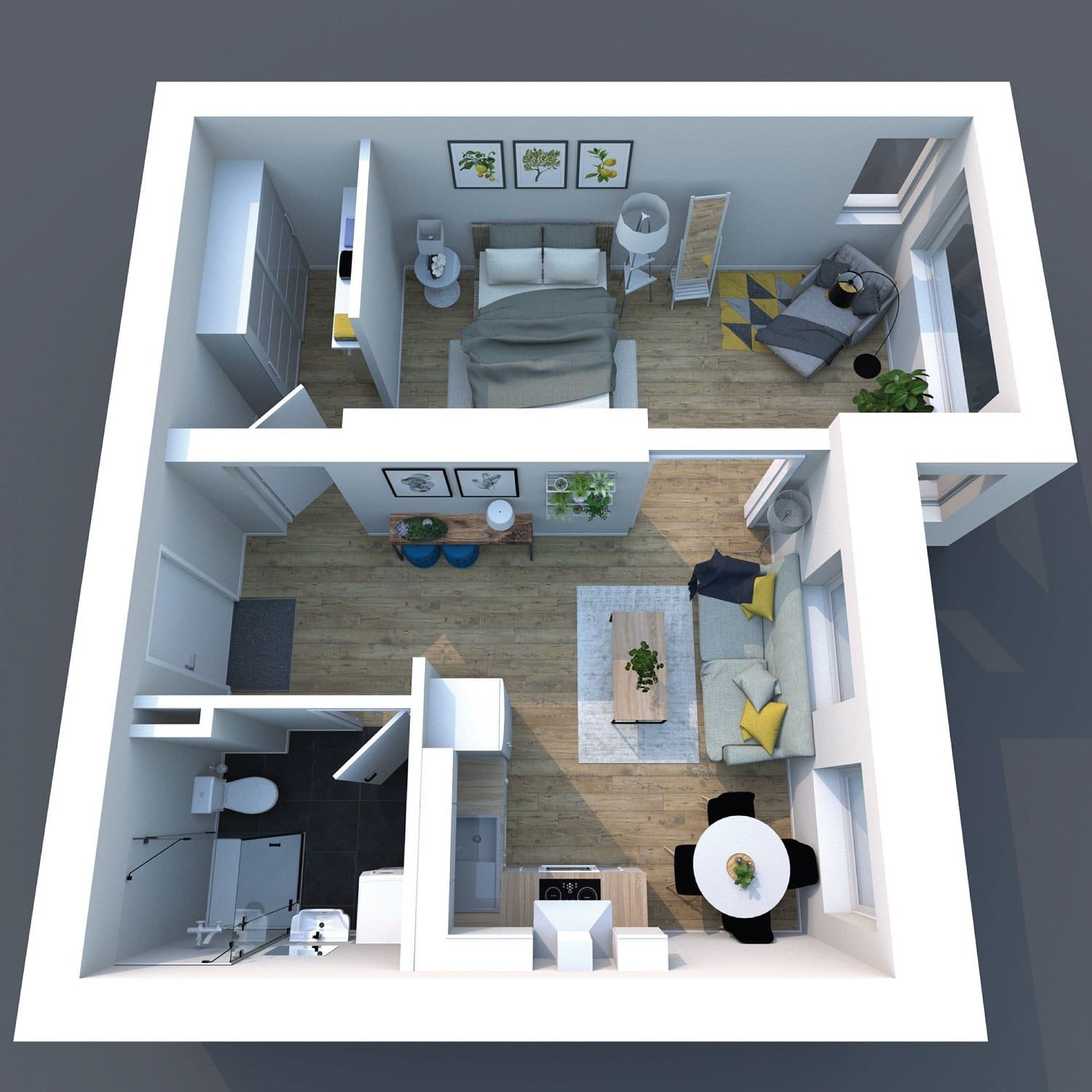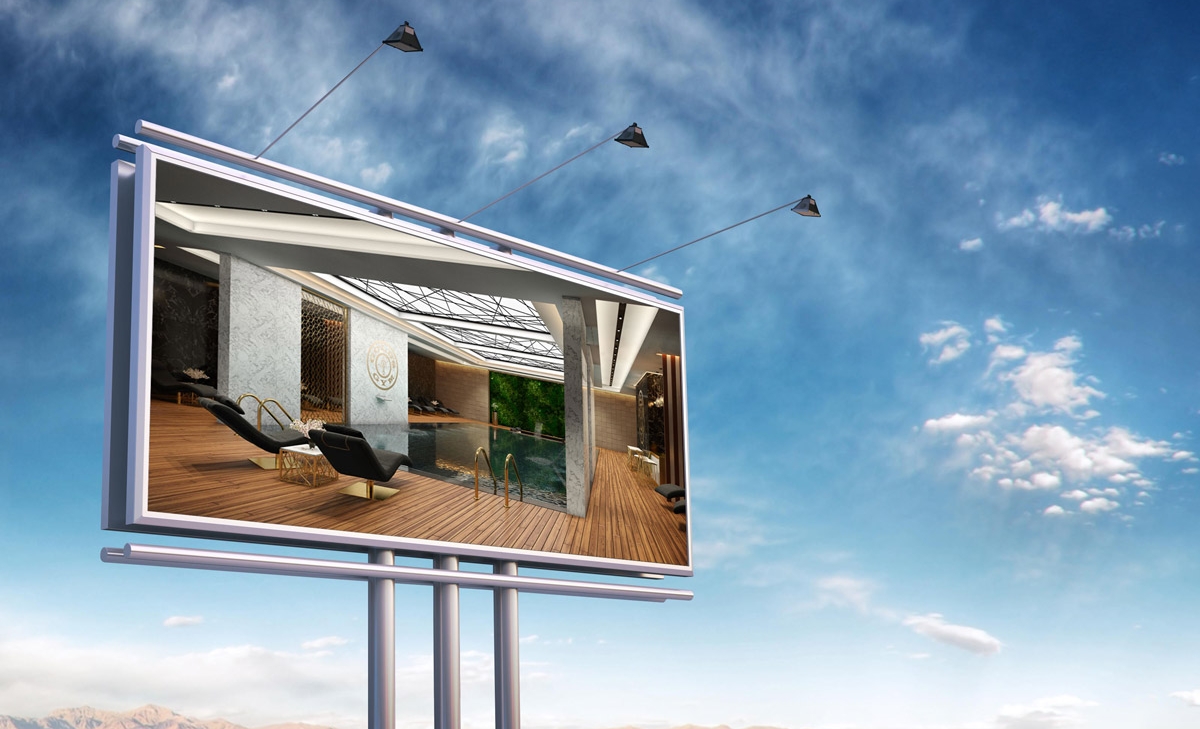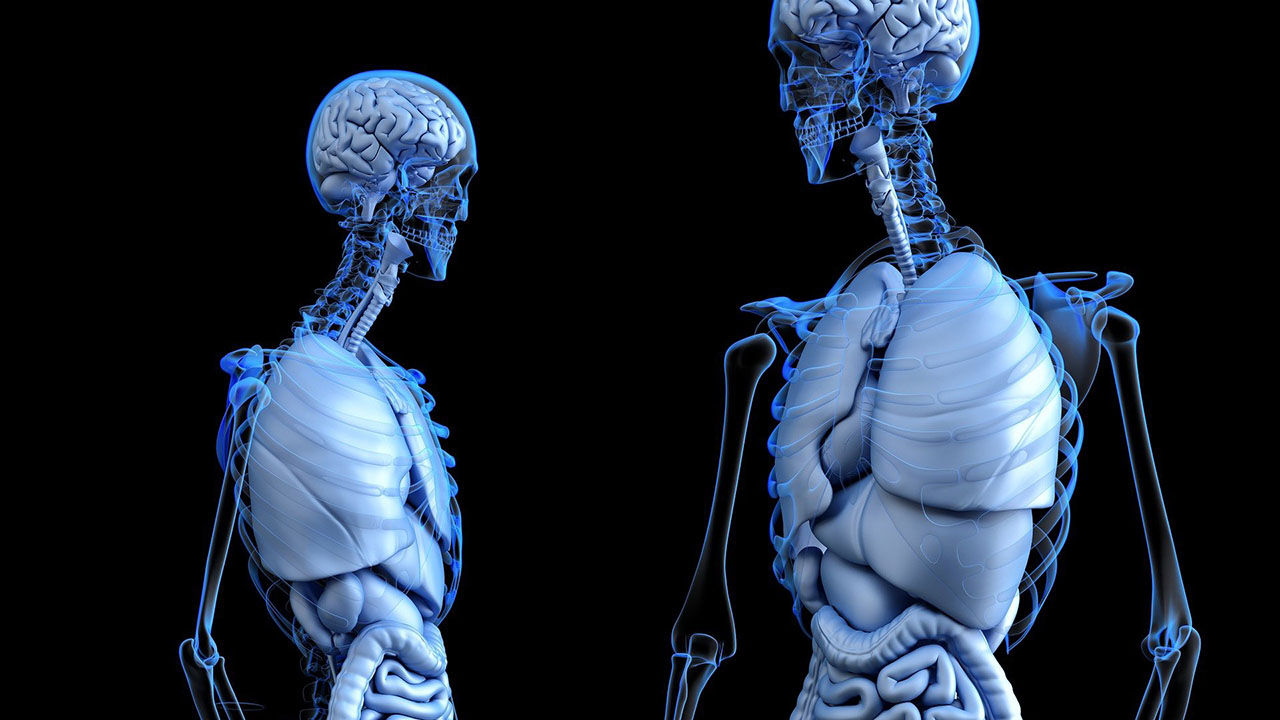Architecture

3D visualization software plays a significant role in architecture and interior design by making the working process in this sector more rapid and effective. Collaborative and digital engineering, fast manufacture of constructing elements, diminishing the errors during the entire process, presentation and maintenance of projects – everything will be conceivable with 3D visualization technology.
3D visualization techniques are helping the real estate sector to modernise in a big way. It shortens the overall product development life cycle and quickens the marketing process, by allowing the builders to market better to their target audience as the buyers want to know the feel and look of the upcoming projects.
Nowadays, clients show eagerness in having a glimpse at the design of their project even before the work starts. In this case, 3D visualization provides an opportunity for customers to see the layout of the building, interior and exterior designs, lighting, texture and geographic situations even before completion of the development process.
Media & Advertising

3D visualization technology provides the ability to create stunning digital content in fields such as games, movies, advertisements and music videos. Thanks to this tool artists are capable of creating realistic characters using imagination.
This technology has been constantly influencing the media and advertising industry with its interactive 3D models and virtual images of the products. Moreover, it gives a more immersive feel to audience and catalysts the product sales.
Expectations are evolving with technology. In the advertising industry, people want to have a glimpse of the product even before it is launched. That’s when 3D visualisation comes into the space.
Teaching

3D visualization focused on science, mathematics, history and more is readily available today and more is continually being developed. With 3D visualizations added to lessons, teachers can engage students at a whole new level and capture the interest of even the most reluctant students.
Academic fields of study that engage with artifacts, specimens, and anatomical structures can benefit from 3D content. 3D models also offer new ways to engage with materials—using features like cutaway visualization, surface curvature measurement, and multispectral analysis.
